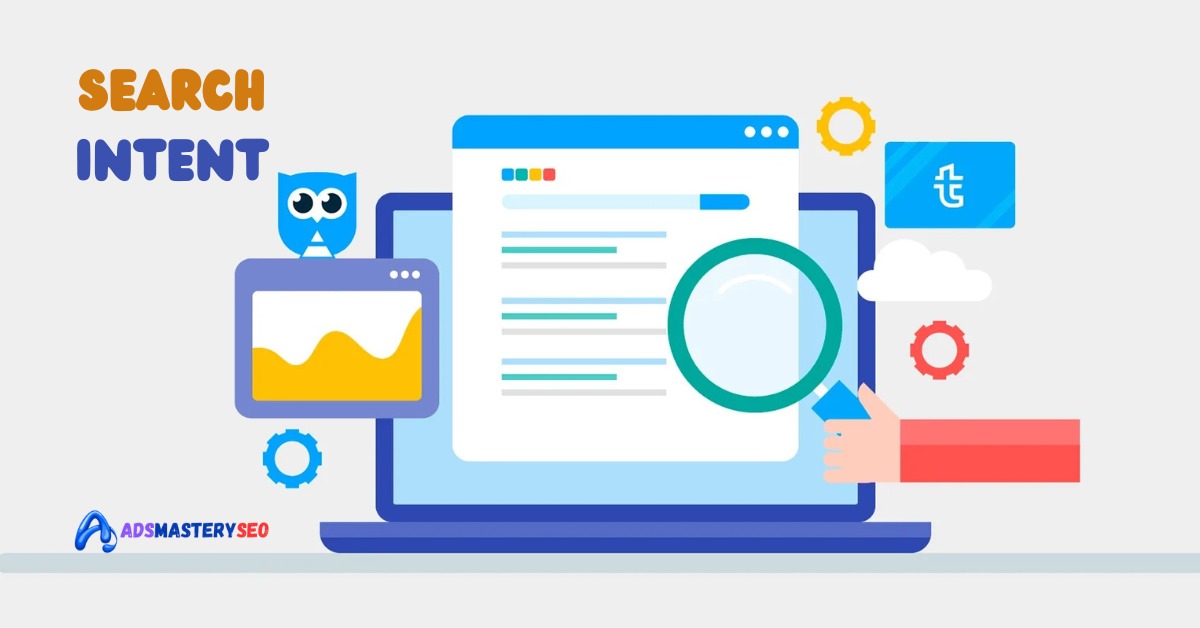Search engine has evolved dramatically in recent years. Traditional keyword-focused SEO no longer guarantees high rankings. Instead, Google now prioritizes search intent—the real meaning behind a user’s query.
This shift allows Google to deliver results that match what users want, not just pages filled with repeated keywords. Understanding search intent is now essential for ranking in 2025.
1. What Is Search Intent & Why Does It Matter?
What Is Search Intent?
Search intent (user intent) is the purpose behind a user’s search query—whether they want information, instructions, comparisons, or to make a purchase.
Example: Old vs New SEO
| Old SEO | New SEO |
|---|---|
| Ranking pages by repeating keywords like “best laptops 2025” | Understanding whether the user wants reviews, specs, comparisons, or buying options |
Why Google Prioritizes Intent
-
Provides more relevant search results
-
Improves user satisfaction
-
Reduces keyword-stuffed, low-quality content
-
Matches results with real needs, not literal words
Key Insight: Search intent matters more than keyword count for ranking in 2025.
2. How Google Understands Search Intent Using AI
Google uses advanced AI systems to interpret search intent:
RankBrain
Helps Google understand context and user behavior patterns.
BERT
Processes natural language like a human, improving results for long-tail and conversational searches.
MUM (Multitask Unified Model)
Understands text, images, and context across multiple languages to deliver deeper, more accurate answers.
Example of Intent Detection
Search: “Apple not turning on”
Google recognizes “Apple” as the brand and delivers troubleshooting guidance, not fruit information.
Key Insight: Google’s AI interprets meaning, not just words.
3. The Limitations of Keyword-Focused SEO
Keyword-first SEO is outdated because:
❌ Keyword Stuffing Hurts Rankings
Google penalizes irrelevant repetition of keywords.
❌ Doesn’t Solve the User’s Problem
A page can have keywords but still be unhelpful.
❌ Fails With Conversational & Voice Search
Modern users search naturally:
-
“Which iPhone should I buy for photography?”
-
“How do I fix slow laptop performance?”
Key Insight: Matching the searcher’s purpose is more important than repeating phrases.
4. Types of Search Intent & How They Affect Rankings
Google categorizes search intent into four major types:
1. Informational Intent
User wants an explanation, definition, guide, or tutorial.
Examples:
-
“How does Google Search work?”
-
“What is SEO in 2025?”
Best Content Types:
-
Blog posts
-
Tutorials
-
FAQs
2. Navigational Intent
User wants a specific website or page.
Examples:
-
“YouTube login”
-
“Amazon customer service”
Best Content Types:
-
Homepages
-
Brand pages
3. Transactional Intent
User intends to take action—usually a purchase.
Examples:
-
“Buy gaming laptop online”
-
“Best deals on smart TVs”
Best Content Types:
-
Product pages
-
Service pages
-
Pricing pages
4. Commercial Investigation Intent
User is researching before making a decision.
Examples:
-
“iPhone 15 vs Galaxy S23”
Best Content Types:
-
Comparison guides
-
Review articles
-
Listicles
5. How to Optimize Content for Search Intent
1. Analyze Search Intent Before Writing
Check what Google currently ranks on page 1.
This reveals what type of content users expect.
2. Provide Clear, Direct Answers
Use clean formatting:
-
Short paragraphs
-
Bullet points
-
Question-based headings
3. Use Conversational Language for Voice Search
Voice search queries often begin with:
-
“How to…”
-
“Best way to…”
-
“Why does…”
4. Improve Page Experience (Core Web Vitals)
Fast, mobile-friendly content aligns with Google’s priorities.
5. Update Content Regularly
Google prefers current, accurate, and helpful information.
Key Insight: Writing for intent—not keywords—is essential for long-term rankings.
6. The Role of Structured Data in Understanding Intent
Structured data helps Google interpret your content correctly.
Benefits of Schema Markup
-
Enhances Google’s understanding of content type
-
Increases chances of appearing in featured snippets
-
Improves click-through rate with rich results
Recommended Schema Types
-
FAQ Schema (informational intent)
-
Product Schema (transactional intent)
-
Review Schema (commercial intent)
-
Breadcrumb Schema (navigational clarity)
Conclusion: Search Intent Is the Future of SEO
Google’s algorithm updates consistently show one message:
Understanding user intent is essential for ranking well in 2025.
Final Key Takeaways
-
Search intent now outweighs keyword frequency
-
AI systems like BERT & MUM improve intent matching
-
Intent-focused content results in higher rankings and conversions
-
Structured content & schema improve relevance
-
Voice search, mobile search, and conversational queries shape modern SEO
Focusing on search intent ensures your content stays aligned with Google’s future direction—and delivers better value to users.
